Thinking of a Big Chop? A Stylist’s Real-Talk Guide to Short Hair
I’ve been a hairstylist for a long, long time—long enough to see a whole dictionary of trends come and go. But there’s one conversation that never changes. A woman sinks into my chair, holds up a photo of a killer pixie cut or a super chic bob, and asks that big question: “Could I pull this off?”
In this article
My answer is always, “Let’s talk about it.” Because a fantastic short haircut has almost nothing to do with those generic face-shape charts you see online. Honestly, you can throw those out. It’s a deeply personal decision that’s part science, part lifestyle. It’s about your hair’s unique texture, your bone structure, and, frankly, how much you’re willing to fuss with it every morning.
So many people think short hair is the ultimate wash-and-go dream. And it can be… but only if the cut is technically perfect for your hair. A bad short cut is a thousand times harder to hide than split ends on long hair. I’ve spent more hours than I can count fixing cuts that completely ignored a client’s cowlick or the sheer amount of hair on their head. My goal here is to give you the real consultation, just like you’re sitting in my chair. Let’s get past the myths and talk about the nitty-gritty of hair, tools, and the honest truth about life with short hair.

First, Your Pre-Chop Homework
Before you even think about booking an appointment, do a little recon at home. This isn’t about deciding on the final look, but about gathering intel so you can have a better conversation with your stylist.
Go home and really feel your hair. Find your cowlicks—those swirly spots, usually at your crown and front hairline. We all have them! Then, pin your hair up and back, trying to mimic a shorter shape. How do you feel seeing your jawline and neck totally exposed? It’s different for everyone! This little exercise gives you real-world feedback to bring to the salon.
The Real Foundation: Hair Science Before Scissors
A picture is just a starting point. The true blueprint for a great cut lies in the hair itself, and ignoring these fundamentals is the number one reason short haircuts go wrong.
Texture and Density: The Big Two
People often say their hair is “thick” or “thin,” but for us pros, it’s a bit more specific. Texture is the diameter of one single hair strand, while density is how many of those strands are packed into each square inch of your scalp.
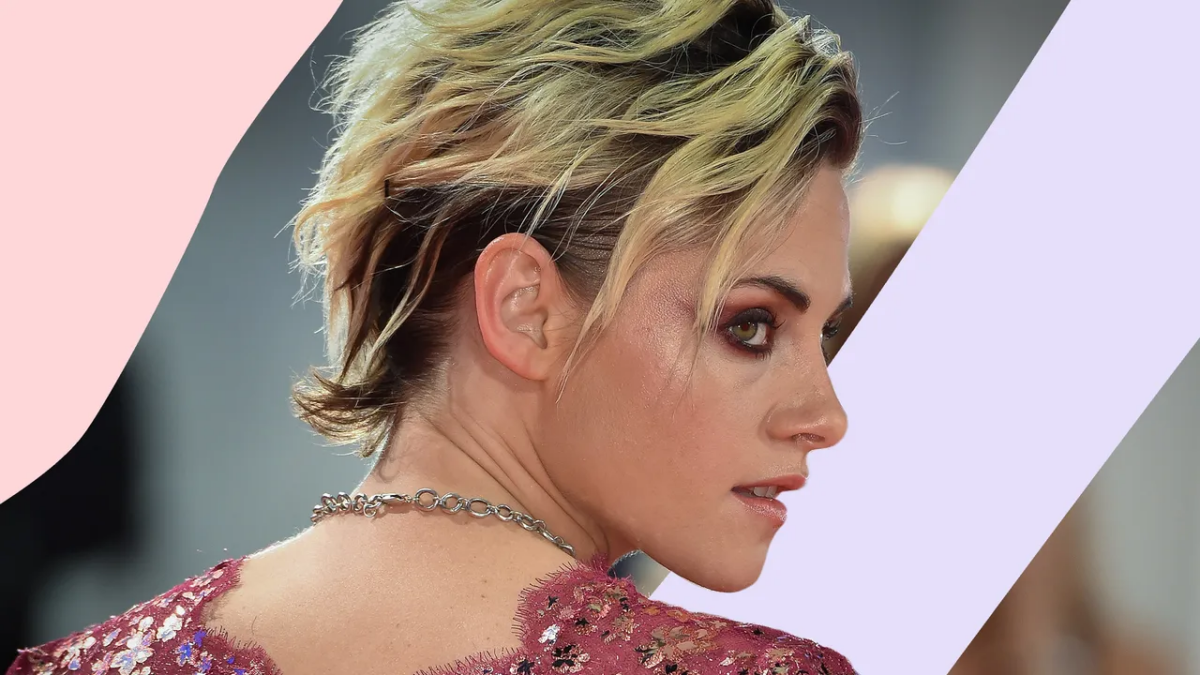
- Fine Texture: Each strand is slim. For a short cut on fine hair, the goal is usually to build weight and create an illusion of fullness. A blunt, single-length bob is a classic for a reason—it makes the ends look solid and thick. On the other hand, a heavily layered or razor-cut style can sometimes make fine hair look even thinner, which is rarely the goal. To get that volume you see in photos, you’ll likely need a good root-lifting mousse or a volumizing spray at the roots, which you can snag for $15-$30 at Ulta or a local salon.
- Medium Texture: This is the sweet spot. It holds a style well, isn’t too delicate, and can handle pretty much any cutting technique, from soft layers to sharp razoring.
- Coarse Texture: The strands themselves are thick and strong, giving the hair a lot of natural body. The challenge here is to remove bulk without creating a frizzy, poufy mess. I almost never use a straight razor on coarse, curly hair because it can shred the cuticle. Instead, I’ll use thinning shears or point cutting to remove weight from the inside of the shape. A good styling wax or pomade (usually around $20) is your best friend here for definition.
And then there’s density. Someone can have fine-textured hair but a ton of it (high density), which can get surprisingly bulky in a short cut. Conversely, you can have coarse hair but low density. For that client, we need to preserve every strand possible to create fullness. It’s all a balancing act.
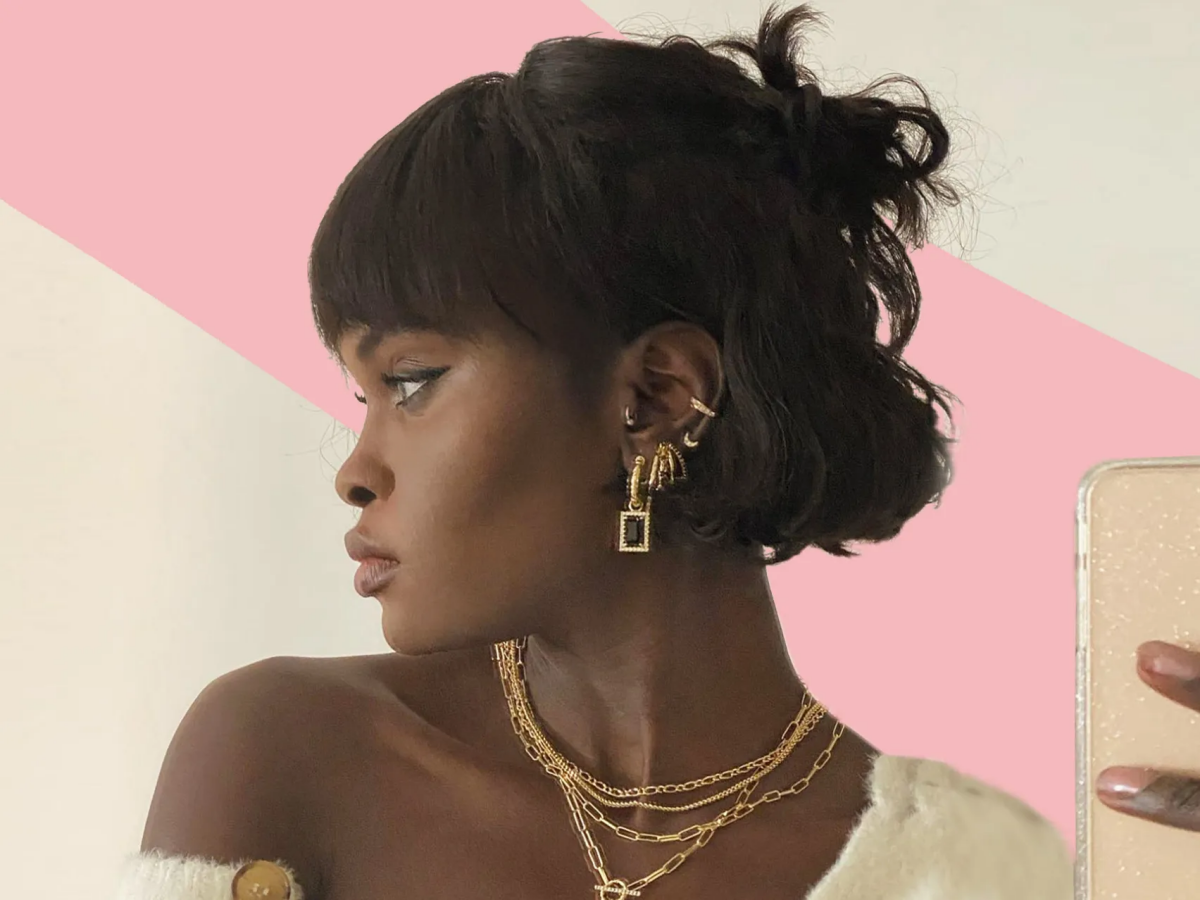
Growth Patterns and Cowlicks (The Troublemakers)
This is where a stylist’s experience really shines. Hair doesn’t just grow down; it grows in patterns that can totally sabotage a short style if you’re not paying attention.
I once had a new client come to me devastated. A stylist had given her a pixie, but a huge chunk of hair at her crown stuck straight up, defying gravity and all sense. The stylist had ignored a massive cowlick. The only fix was to let that section grow for a month, then reshape the entire cut around it, leaving more weight on the cowlick to help it lay flat. So now, the first thing I do is feel the crown and hairline to map out these whorls. Have a strong one at your nape? A super-short, tapered cut might expose it weirdly. We might opt for a softer, slightly longer neckline instead.
Bone Structure: It’s More Than Just Your Face Shape
Forget the simple oval, square, and heart-shaped diagrams. I look at the actual bones. Do you have a strong jaw? High cheekbones? A prominent occipital bone (that bone at the back of your head)?
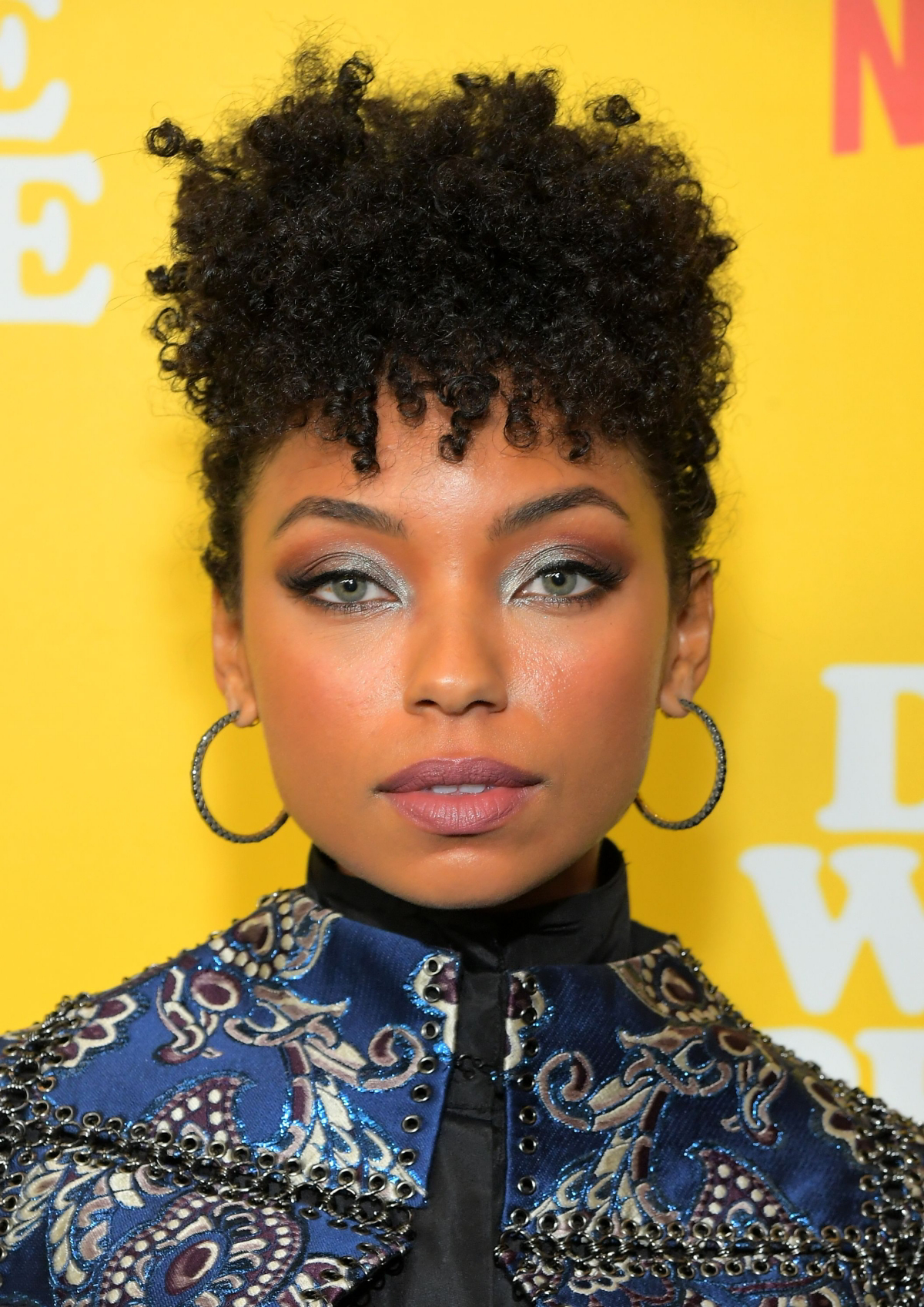
- Jawline & Neck: A sharp, jaw-length bob can be incredible on a strong jaw. For a softer jawline, some layers that fall around the chin can create more definition. Got a long, elegant neck? You can rock almost any length. For a shorter neck, a pixie with a tapered nape can create the illusion of length.
- Profile & Head Shape: Bangs are great for balancing a high forehead, but what about your side view? If a client has a prominent nose, a style with more softness and volume around the face is often more flattering than something slicked back. Also, some people have flatter heads in the back. A good stylist uses graduation—stacking short layers under longer ones—to build volume and create a beautiful, rounded silhouette that you just can’t see in a 2D inspiration photo.
How to Find the Right Stylist (This Is Important!)
Okay, real talk. Don’t just book with the first person who has an opening. Finding a stylist who excels at short hair is key.

Stalk their Instagram or salon portfolio. Seriously. Are you seeing lots of pictures of short haircuts on real people with different hair textures, or is it all long, styled waves on models? Look for evidence that they understand how to shape hair. A great short-hair artist will showcase their work on a variety of clients. A consultation is also a must—if they just want to grab the scissors and go without a thorough chat, it’s a red flag.
Short Hair Realities: A Pixie vs. a Bob
Trends are fun, but let’s break down the two main families of short hair. They have very different personalities, costs, and commitments.
The Pixie Cut Life
A pixie is a commitment, but it’s also incredibly liberating. It can be soft and feminine, or edgy and bold.
- Daily Styling: Don’t let the length fool you; a pixie isn’t a zero-effort style. You’ll likely spend 5 to 15 minutes on it each morning. You have to actively style it into place with some product and maybe a blow dryer to get rid of bedhead and define the shape.
- Maintenance & Cost: This is the big one. To keep a pixie looking sharp, you need a trim every 4 to 6 weeks. Any longer, and it starts to lose its shape and can enter the dreaded
Galerie d’inspiration
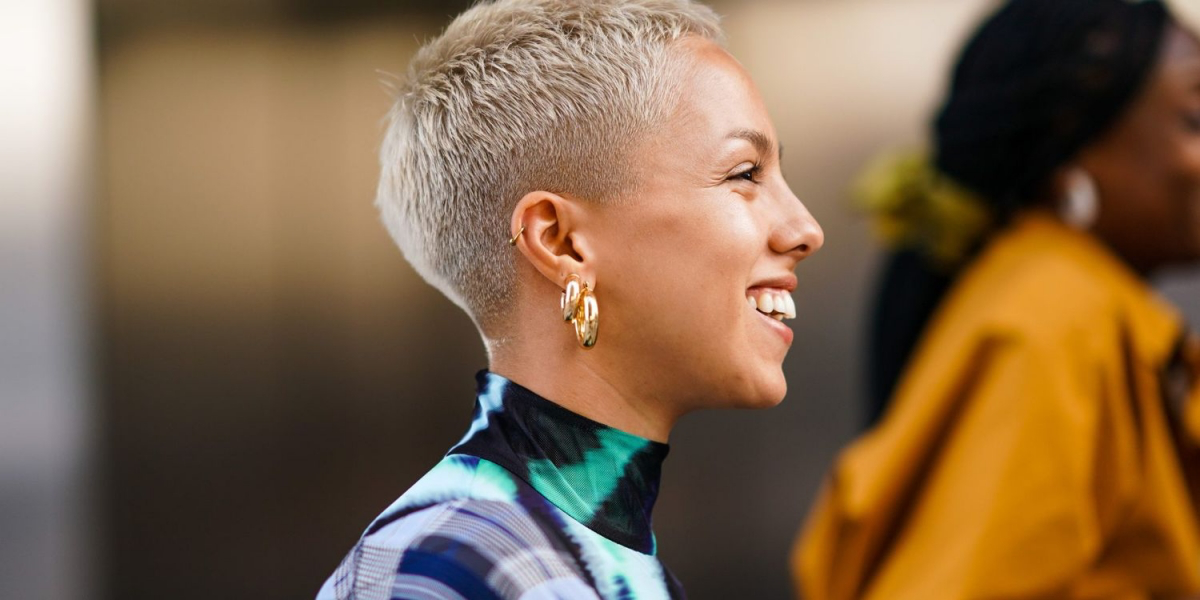
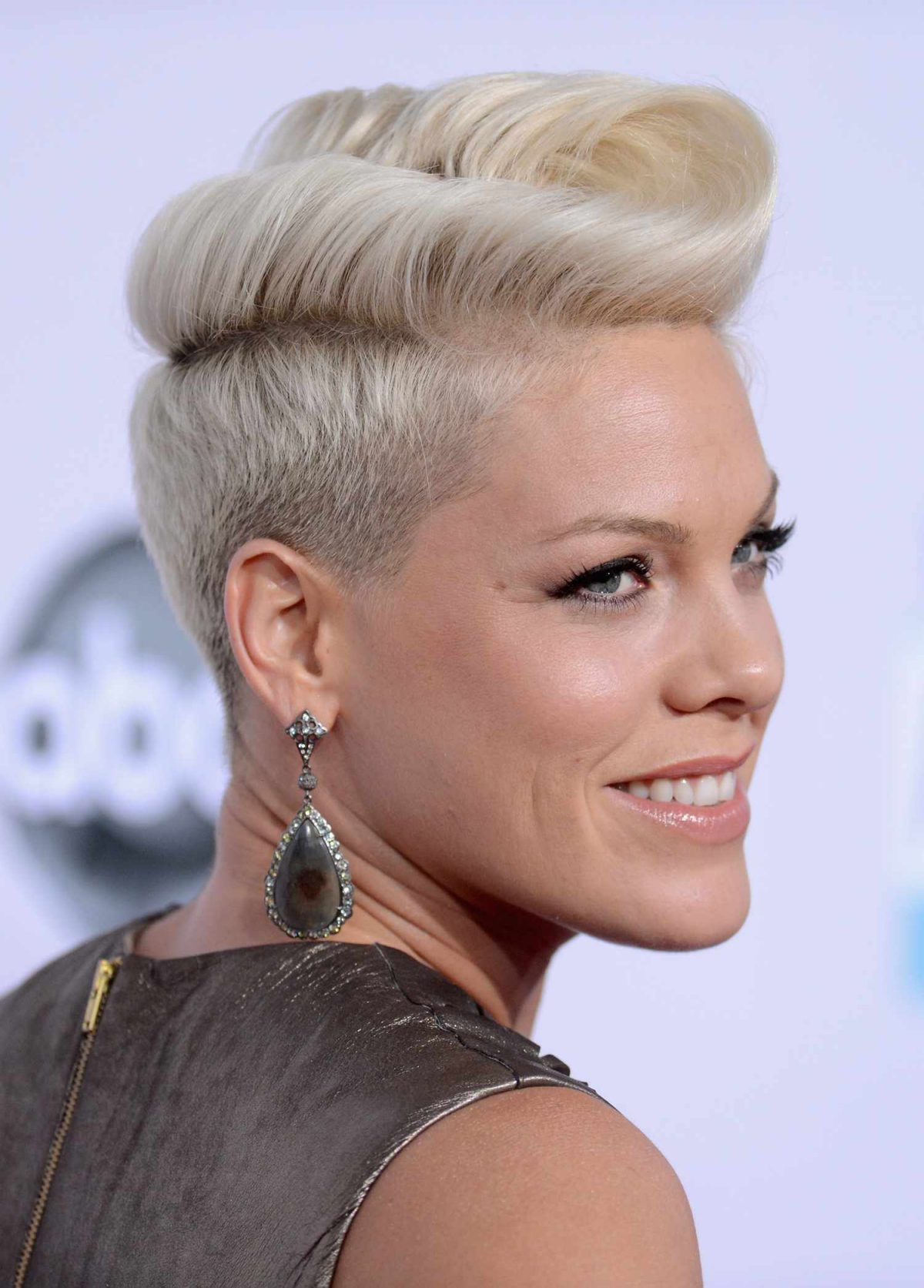
The Classic Bob: Jaw-length, often one-length, creating a strong, clean line. It’s incredibly versatile—sleek and professional or wavy and relaxed. Works best on medium to high-density hair to achieve that solid, weighty shape.
The Edgy Pixie: Very short on the sides and back, with more length and texture on top. It’s bold, highlights bone structure, and is surprisingly low-maintenance day-to-day. Ideal for showing off a great jawline and neck.
The choice often comes down to attitude. A bob offers more styling play, while a pixie is the ultimate statement piece.
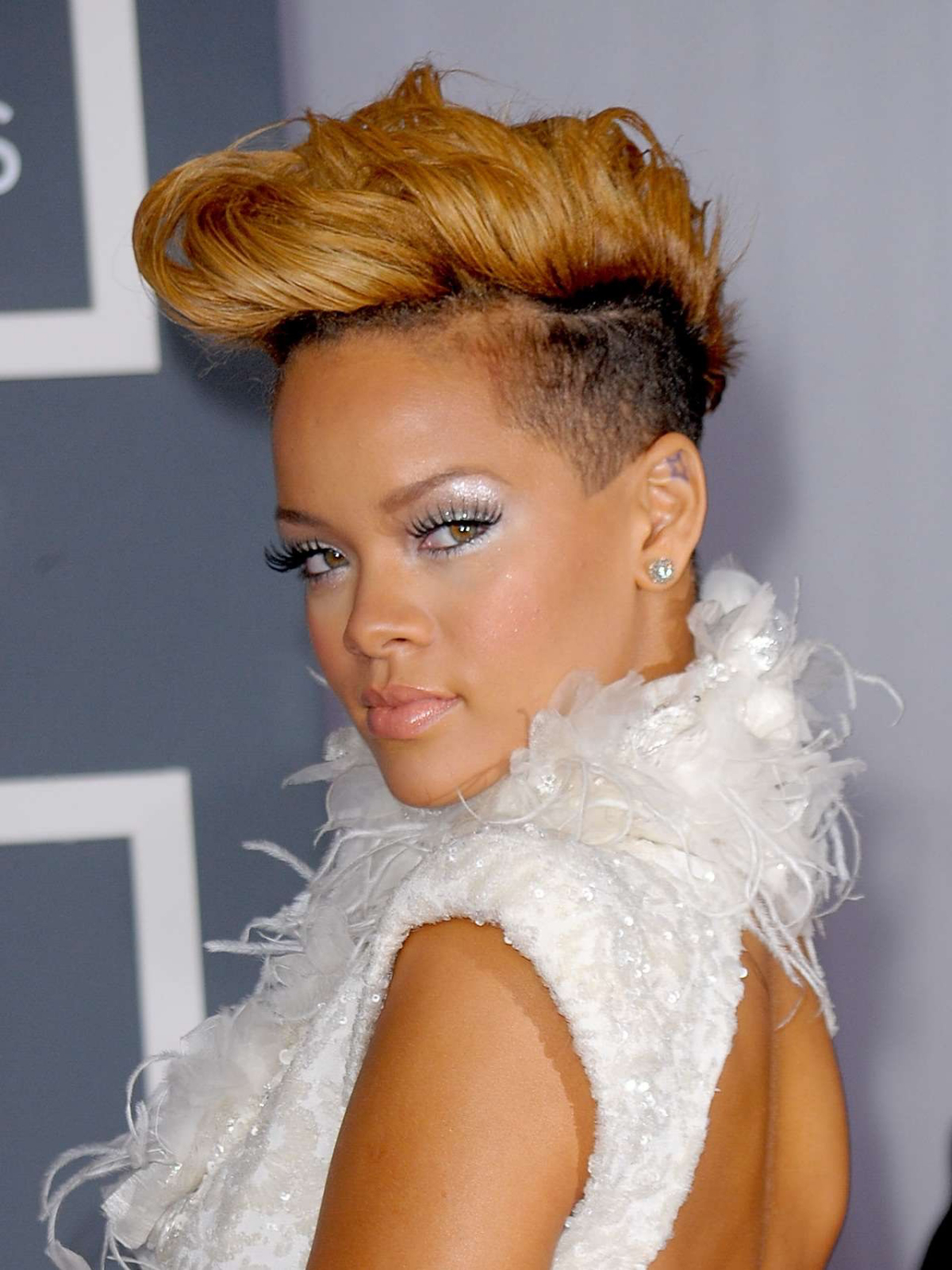
On average, a hair strand grows about half an inch (1.25 cm) per month. For a short cut, that means its shape can change dramatically in just 6-8 weeks.
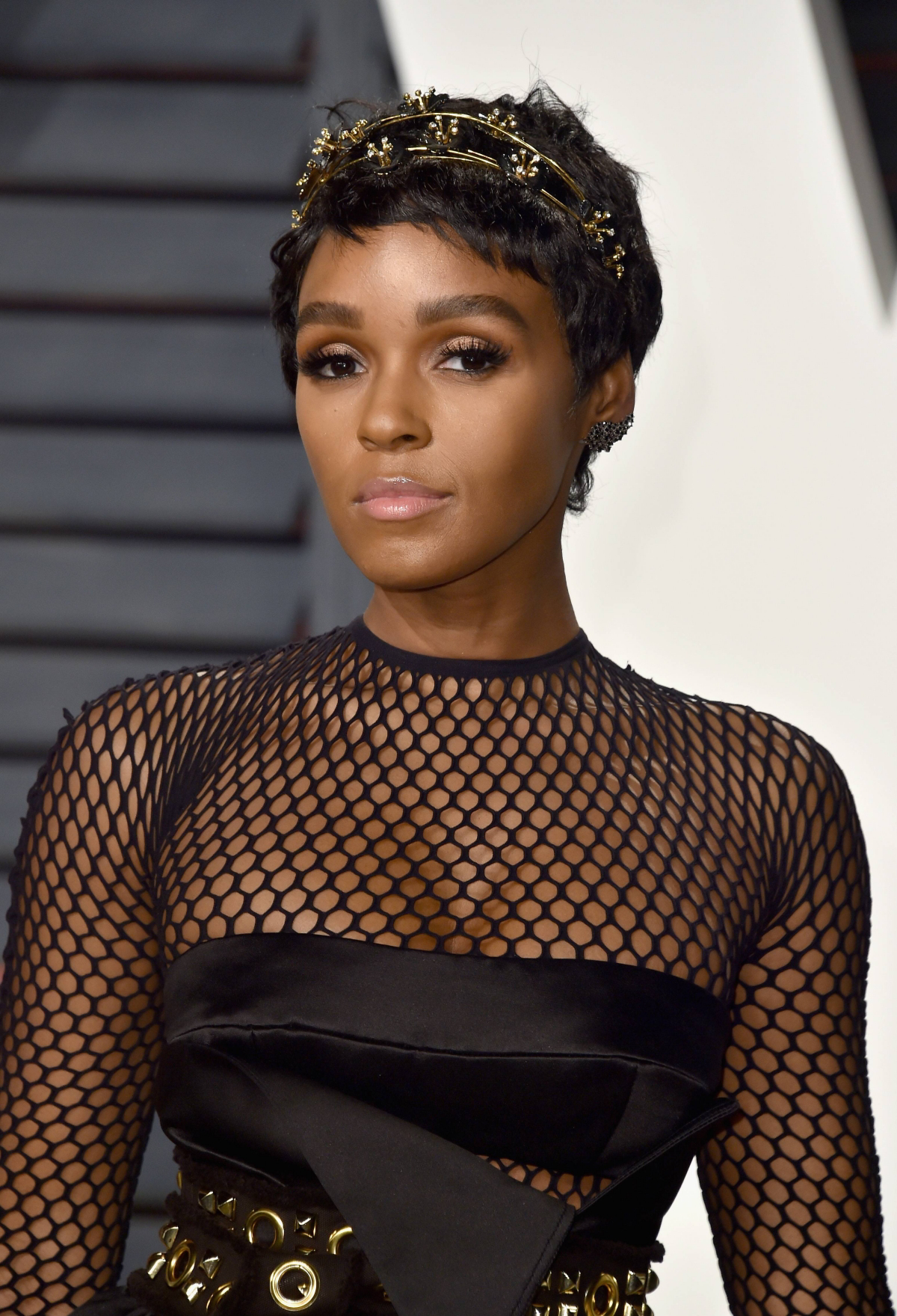
Your new short hair toolkit isn’t complete without these essentials:
- A root-lifting mousse or spray for volume at the crown (try Living Proof Full Root Lift).
- A texturizing pomade or wax for definition and piecey-ness (like Oribe Rough Luxury Molding Wax).
- A lightweight heat protectant that won’t weigh hair down.
- A quality dry shampoo that adds grit and absorbs oil on non-wash days.
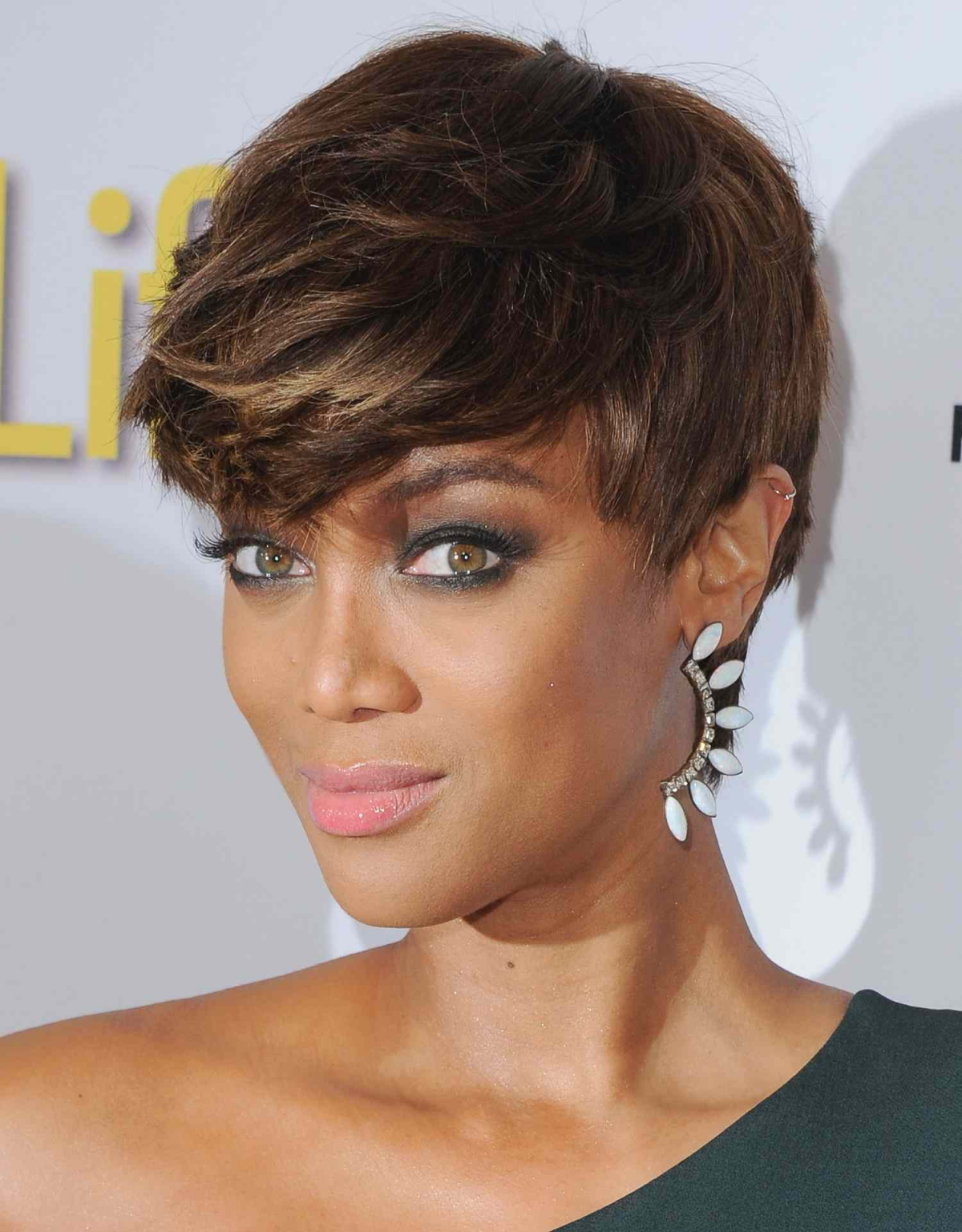
The big fear: Will short hair make me look less feminine?
Let’s reframe that. A great short cut doesn’t remove femininity; it puts your facial features—your eyes, your smile, your cheekbones—in the spotlight. Think of icons like Zoë Kravitz or Audrey Hepburn. Their short hair became a symbol of their unique confidence and elegance. True style is about confidence, not hair length.
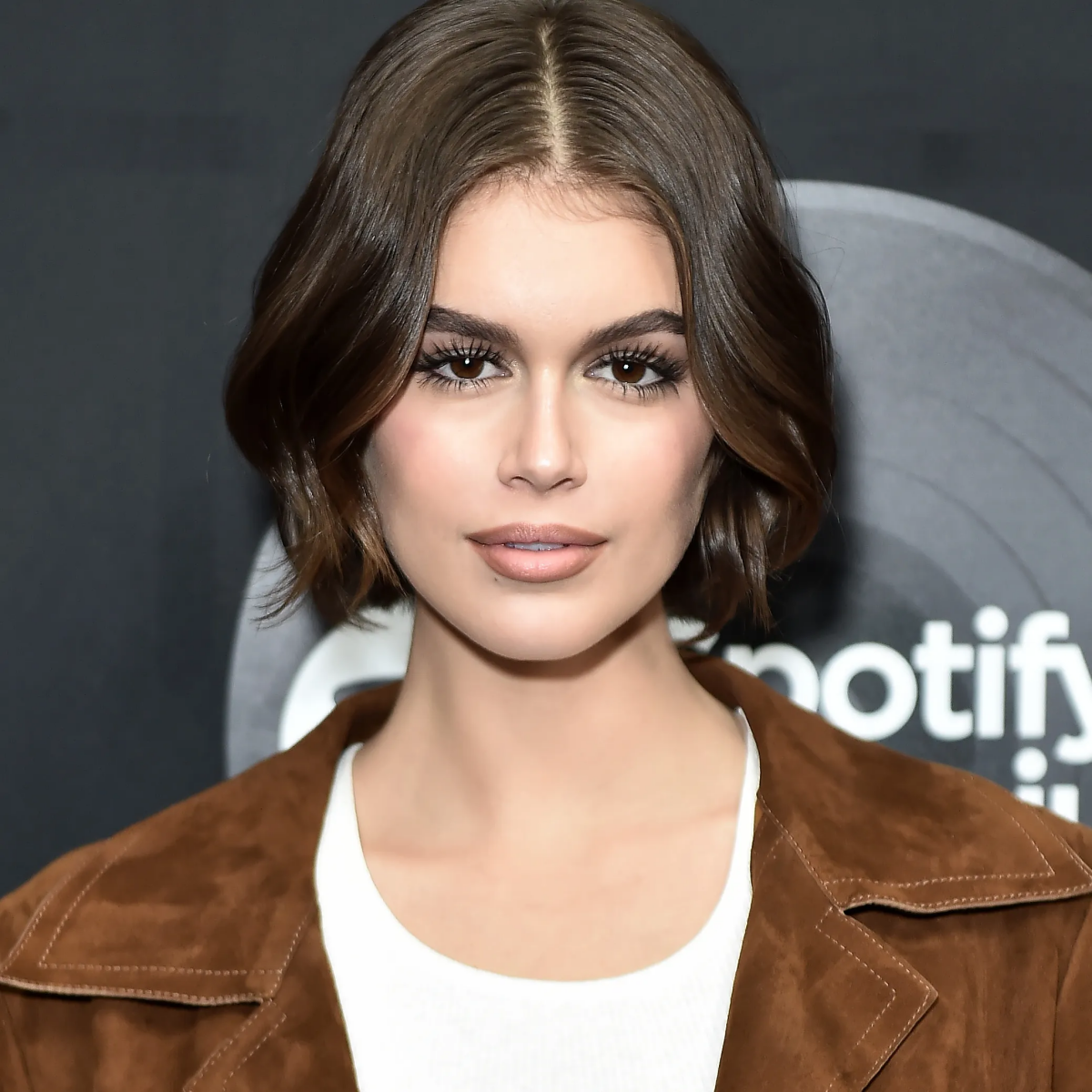
Industry data shows clients with short hairstyles, like pixies and sharp bobs, visit the salon every 4-7 weeks on average, compared to 8-12+ weeks for long-haired clients.
While this means more frequent appointments, it’s the key to keeping your cut looking intentional and sharp, not just like you’re in an awkward grow-out phase. Budgeting for these regular trims is as crucial as choosing the right stylist. Consider it the essential maintenance for your new look.
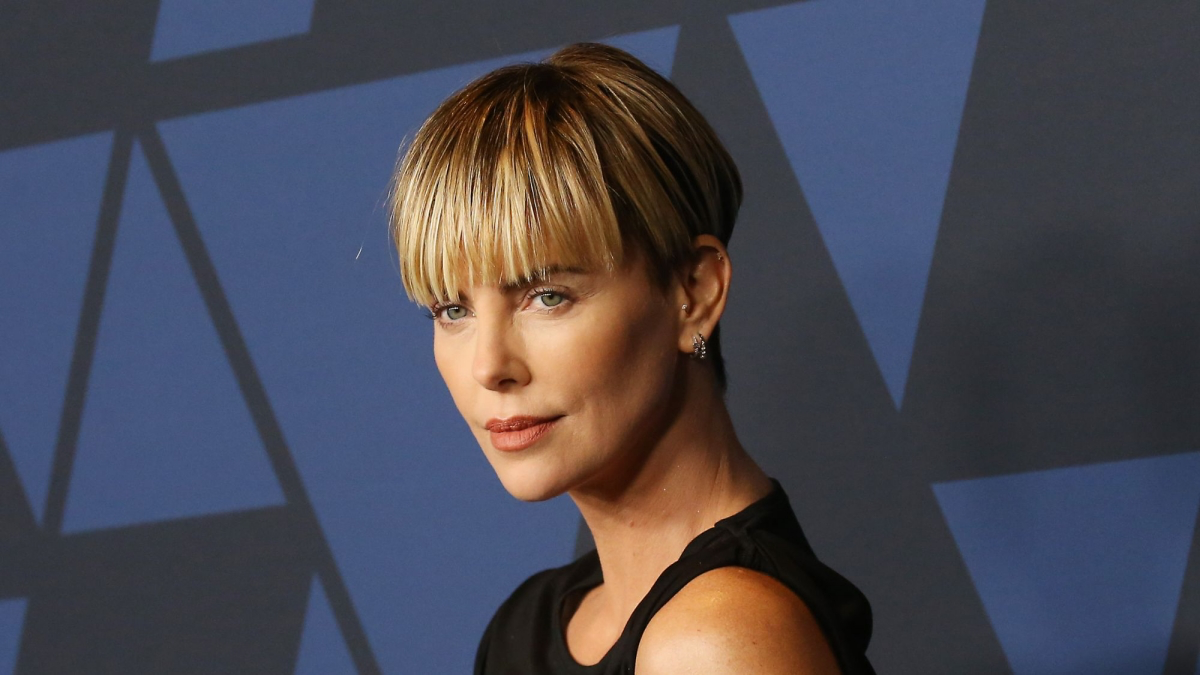
The single most overlooked factor: The Grow-Out Plan. Before the first snip, ask your stylist, ‘What will this look like in two months, and what’s our strategy?’ A great stylist cuts with the future in mind, ensuring your pixie can gracefully evolve into a bixie, then a bob, without a terrible in-between stage. It’s a journey, not a one-time event.

A short cut is the perfect canvas for bold color. With less hair, a vibrant platinum blonde, a deep copper red, or even a pastel pink feels more like a deliberate style statement and less of an overwhelming commitment. The shorter length means hair is generally healthier and can handle lightening processes better, plus the frequent trims keep ends looking pristine.
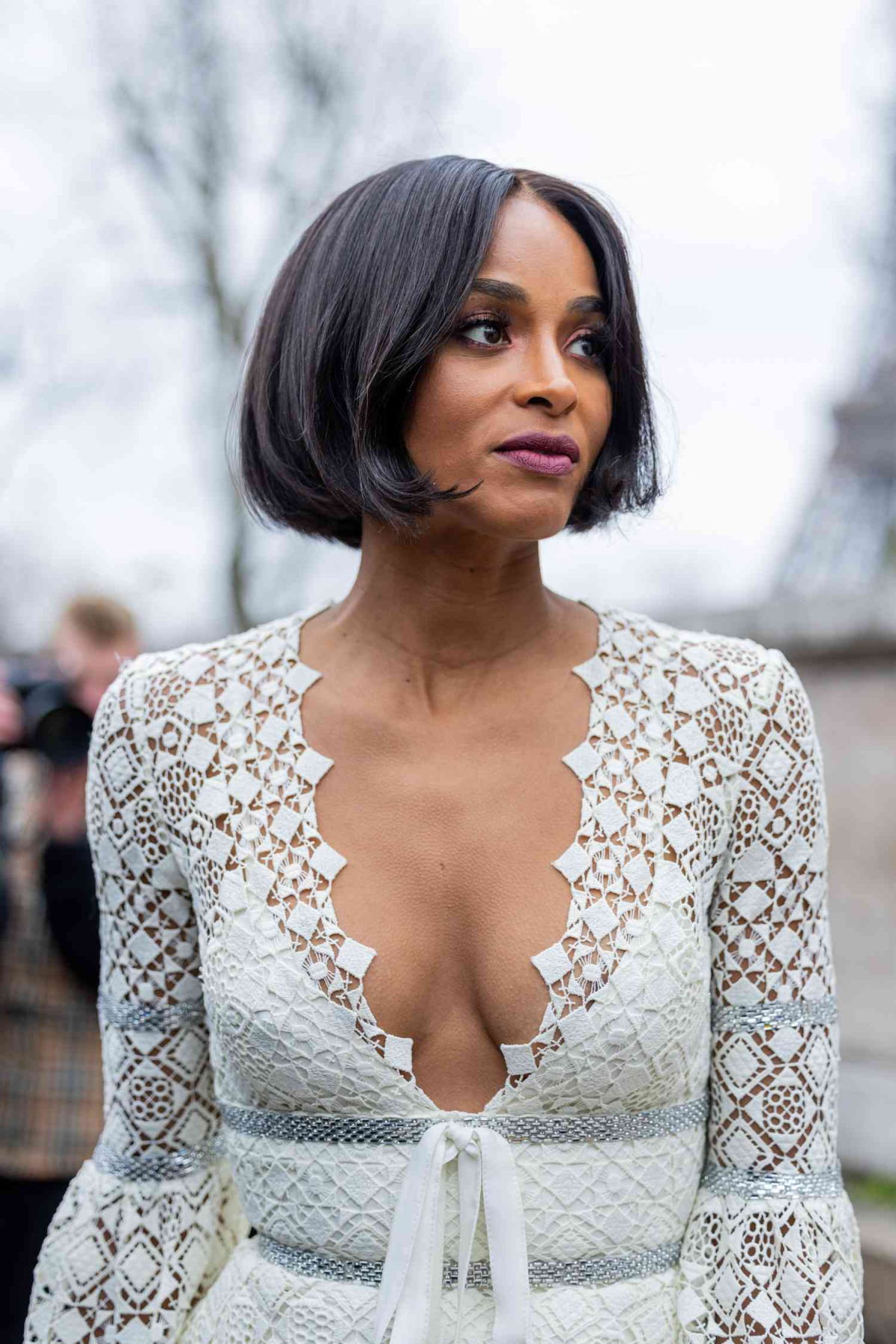
- Perfect for taming stubborn cowlicks at the hairline.
- Adds flawless bends and flicks to the ends of a bob.
- Styles short, wispy bangs without burning your forehead.
The secret? A mini flat iron. A tool like the ghd Unplugged or the BaBylissPRO Nano Titanium Mini is a game-changer for precision styling on short hair, getting into places a full-size iron just can’t reach.
Think a chop limits your styling options? Think again. The right accessory can completely change the vibe of your short cut, taking it from day to night in seconds.
- Statement Headbands: A chunky velvet or embellished headband adds a touch of glamour to a simple pixie.
- Minimalist Clips: Sleek metallic barrettes or clips can be used to pin back one side for a chic, asymmetrical look.
- Silk Scarves: Tied as a headband, they add a touch of vintage flair.










